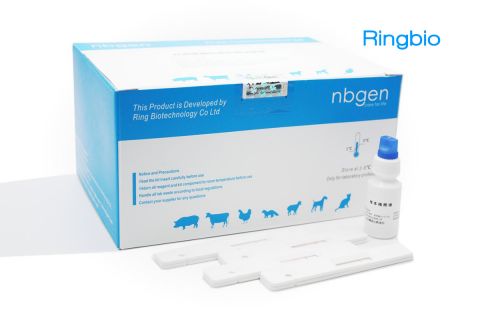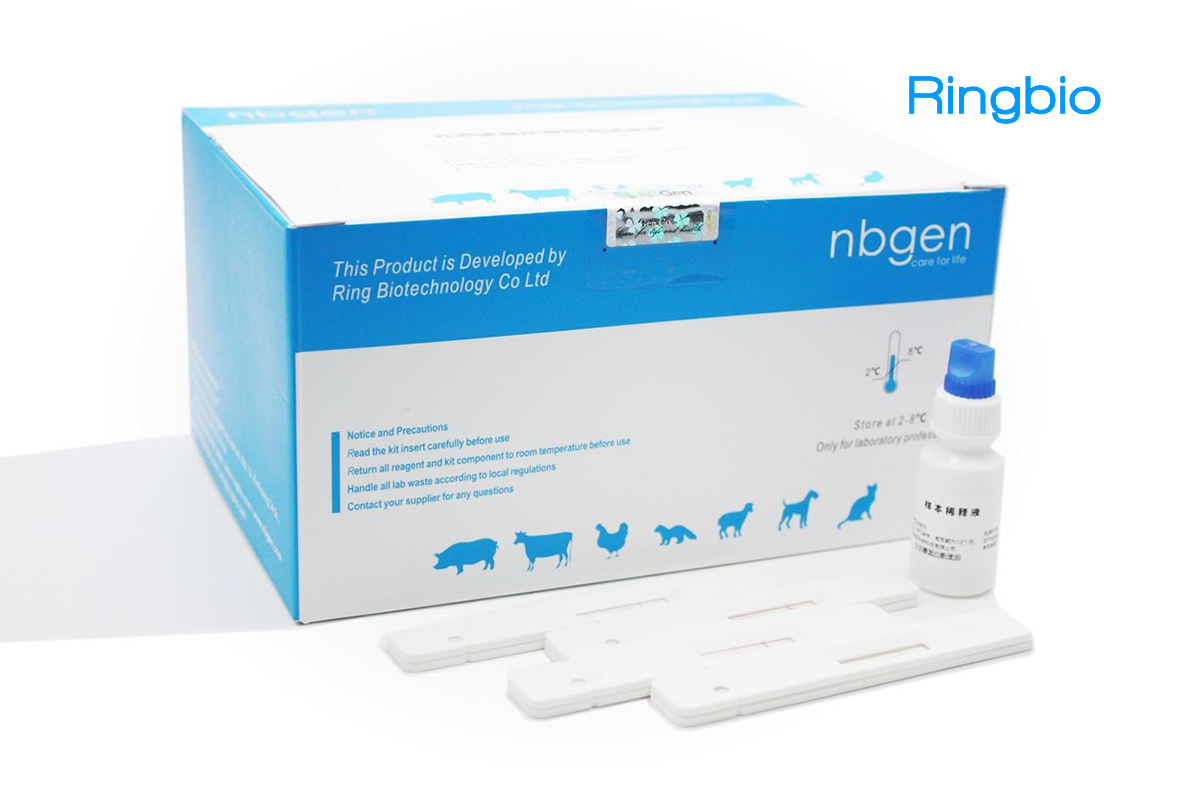
Avian influenza refers to the disease caused by infection with avian (bird) influenza (flu) Type A viruses. These viruses occur naturally among wild aquatic birds worldwide and can infect domestic poultry and other bird and animal species. Avian influenza A viruses are classified into the following two categories: low pathogenic avian influenza (LPAI) A viruses, and highly pathogenic avian influenza (HPAI) A viruses. H5 and H7 are the most known HPAI viruses.
Key facts of Avian influenza H5 antigen test kit
- Ready to use kits for vet professionals
- No special instrument required
- Only less than 20min to get visual result
- Low cost with high sensitivity
Performance of the Avian influenza H5 antigen test kit
The kit was validated against ELISA, HI/HA experiment, which demonstrated great accuracy and precision.
The sensitivity is over 96% and the specificity is 100%.
Avian influenza H5 antigen test kit components
- AIV H5 Ag Rapid Test Cassette, 25 pcs
- Sample buffer, 25 pcs
- Disposable swab, 25 pcs
- Disposable pipette, 25 pcs
- Disposable PE gloves, 3 pairs
- Kit instruction
H5N1, for example, a highly pathogenic AI virus, was initially diagnosed in humans in Hong Kong in 1997. The virus then re-emerged in 2003 and 2004, and spread from Asia to Europe and Africa causing several hundred human cases and deaths, as well as destruction of hundreds of millions of poultry. This Asiatic form of H5N1 triggered concern from scientists and authorities and remains under close surveillance due to its feared pandemic potential if a mutation allows it to be transmitted from human to human.
Nowadays, due to ongoing circulation of various strains (H5N1, H5N2, H5N8, H7N8, etc), outbreaks of avian influenza continue to be a global public health concern. The OIE’s objectives of promoting transparency and understanding of the global animal disease situation continue as a priority of our organisation in the face of this situation, in order to protect public health, and to ensure the safety of world trade in animals and animal products.
Extensive reading
- CDC website, avian flu, bird flu
- World health organization (WHO), Influenza (Avian and other zoonotic) factsheets
- World animal health organization (OIE), Avian Influenza Portal



